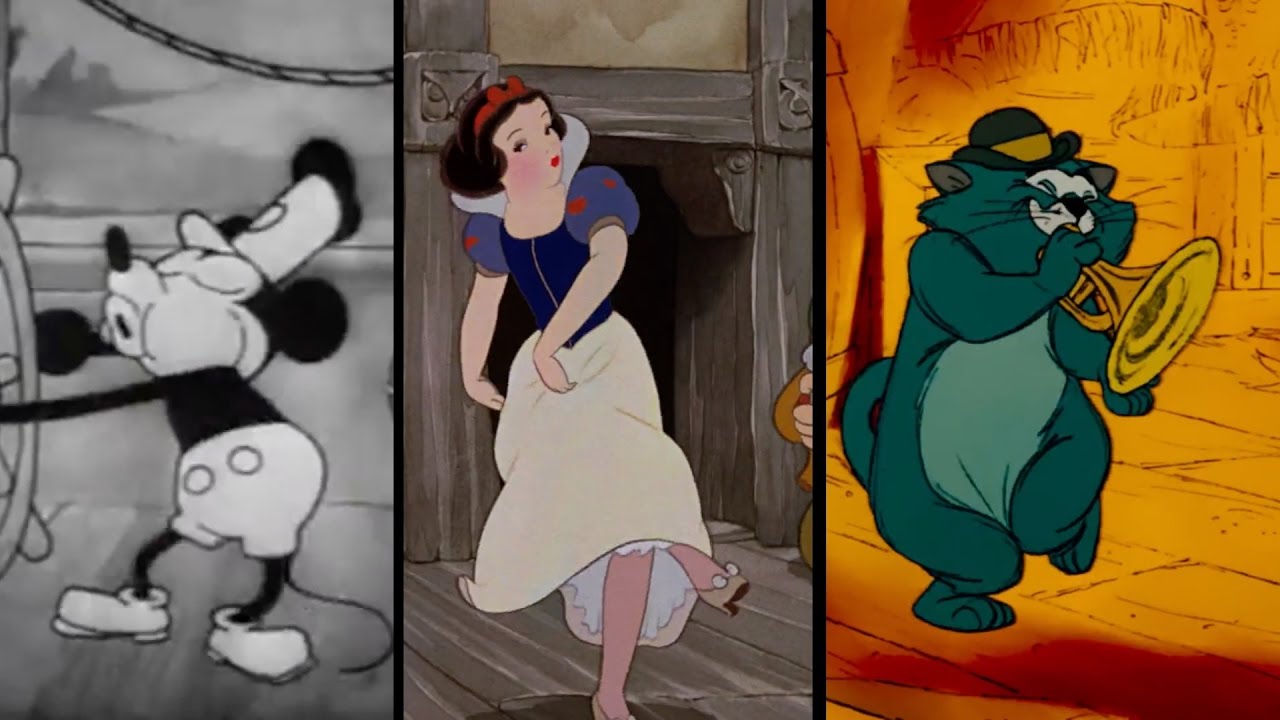
Robert Draws – The evolution of cartoon art has shaped the way we view storytelling and visual entertainment. What once started as simple illustrations to entertain and satirize has now become a significant cultural force. Over the years, cartoons have evolved from newspaper comic strips to full-scale animated films and digital art forms. This progression reflects not only technological advances but also changes in society’s values, humor, and the way it consumes media. The journey of cartoon art has allowed artists to push boundaries, blending humor with social commentary, while also shaping the tastes of multiple generations. From caricatures that once critiqued politics to the beloved animated characters of today, cartoons have transformed into one of the most influential and diverse forms of art. Let’s take a closer look at how cartoon art has evolved through the decades and continues to shape visual storytelling.
The roots of cartoon art can be traced back to early forms of illustration. Ancient civilizations used caricatures to exaggerate human features for satirical purposes. In the 18th and 19th centuries, satirical drawings became popular in Europe. Artists like James Gillray and George Cruikshank used cartoons to critique politics and social issues. These early caricatures were the precursors to modern cartoons, where humor and exaggeration played significant roles in communication.
“Read about: Judith Slaying Holofernes: The Power of Female Heroism in Art”
In the late 19th century, cartoons began to appear regularly in newspapers. The most famous early examples include The Yellow Kid and Little Nemo in Slumberland. These comic strips attracted massive readership and marked a turning point in cartoon art’s evolution. Artists such as Winsor McCay and Richard Outcault used simple line drawings to create characters with large personalities. This format allowed for recurring characters and storylines, something that greatly appealed to readers of all ages.
Animation revolutionized the world of cartoons. In the 1920s, Walt Disney, along with other pioneers like Max Fleischer, brought cartoons to life on the big screen. Steamboat Willie, released in 1928, introduced Mickey Mouse, one of the most iconic cartoon characters ever created. Early animation relied on simple movements and exaggerated expressions to engage audiences. The use of color and sound further expanded the possibilities of cartoon storytelling, making it a powerful medium for entertainment.
The mid-20th century is often referred to as the golden age of cartoons. This was a time when animated cartoons dominated television and movie theaters. Characters like Bugs Bunny, Tom and Jerry, and Popeye became household names. The animation studios at this time were known for producing high-quality cartoons that combined humor, adventure, and heart. These characters are still relevant today, with their influence seen in both modern animated films and TV shows.
“Read more: Creative Volunteer Work: Using Your Skills to Make a Difference”
As cartoons grew in popularity, artists began experimenting with different styles. The 1960s and 1970s saw the rise of more abstract and experimental cartoon styles, influenced by the counterculture movements. Shows like The Flintstones and The Jetsons used futuristic designs, while underground comic artists like Robert Crumb explored adult themes with more personal artistic approaches. Over time, digital animation replaced traditional hand-drawn techniques, and cartoons became even more dynamic and visually intricate.
With the advancement of digital technology, the world of cartoon art has undergone another transformation. Today, cartoons are not limited to paper or film. Computer-generated animation has led to stunning visual spectacles, seen in movies like Toy Story and Shrek. The digital medium has also given rise to new types of webcomics, memes, and animated shorts, expanding the ways in which cartoons are consumed. Additionally, social media platforms allow cartoonists to reach global audiences, giving them a wider platform than ever before.
Cartoons are now an integral part of global pop culture. Characters from The Simpsons, SpongeBob SquarePants, and Adventure Time have transcended television, appearing in merchandise, video games, and even live-action films. These characters have become icons that represent different generations. As the media landscape continues to evolve, cartoon characters remain relevant and continue to entertain audiences worldwide.
The future of cartoon art is exciting and full of possibilities. With the rise of virtual reality, augmented reality, and AI-generated animation, cartoons will continue to evolve and adapt to new technologies. Cartoon artists will explore new ways to tell stories and connect with audiences. As technology advances, the art form will likely become even more interactive and immersive, allowing fans to experience their favorite characters in new and innovative ways.